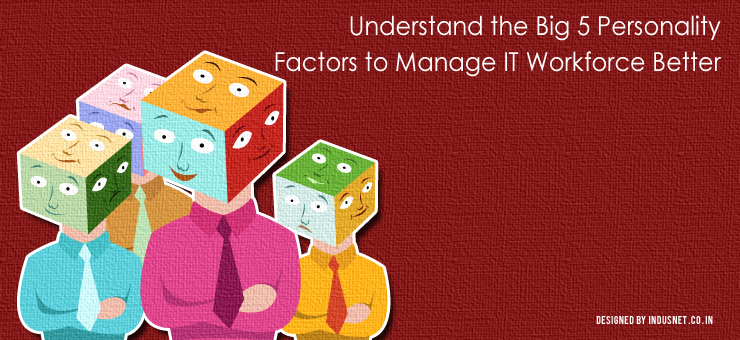
Data-Driven Decision Making: How Advanced Analytics Is Shaping Fintech Strategies
Data-driven decision-making and better fintech strategies are a result of advanced analytics in fintech, a trend which is making the whole sector sit up and take notice of their immense potential. Open banking and big data analytics are shaping the financial sector as it prepares for a more customer-centric and digital shift in the near future. How has Data Analytics in Finance Been a Game-Changer for the Industry? Advanced analytics in fintech has completely changed the operational rules of the game for these platforms along with other financial institutions at large. Customers now have more control over their finances with open banking and expect more personalised experiences as a result. Big data analytics in finance is forecasted to continue its growth momentum, leading to newer fintech innovation opportunities. More platforms and market players will look at leveraging big data to deliver better services to customers along with tailored and personalised products and experiences. Here’s how advanced analytics in fintech can help industry stakeholders in the current scenario: As can be seen, advanced analytics in fintech has several potential benefits that will usher in a whole new era of smart banking and finance solutions in the future. Companies can easily optimise customer acquisition with data-driven marketing and personalisation. They can also scale up customer retention as a result, while identifying better opportunities for up-selling or cross-selling along with communicating better with customers in a personalised manner. They can also combat cyber-security issues and fraud better through machine learning algorithms that identify unusual patterns, anomalies, and other suspicious activities. AI and automation can be used to swiftly gather insights from vast amounts of information while also enabling automated customer service and communication via Chatbots. Sounds interesting? Analytics and AI are poised to bring in a whole new world for customers and fintech players alike. The best part is that there are only upsides for all stakeholders in the process. FAQs How is advanced analytics revolutionising data-driven decision-making in the fintech industry? Advanced analytics is helping fintech players make data-driven decisions related to personalised customer communication, marketing, offering tailored products and services, meeting customer demand, and also in terms of evaluating market conditions and responding to them more accurately. What types of data sources and analytics tools are fintech companies leveraging to gain a competitive edge? Fintech companies are leveraging various data sources including their own databases, online channels and social media platforms, POS transactions and other transaction histories, and more. They are also leveraging AI and machine learning along with automation and big data analytics to gain a competitive edge in their respective market segments. How can data-driven insights lead to more personalised fintech products and services for customers? Data–driven insights help fintech companies build personalised customer profiles and offer customised products and services to customers based on their transaction history, behavioural habits, preferences, and other parameters. What are the key challenges and considerations when implementing advanced analytics in fintech strategy development? Some of the major considerations or challenges while implementing advanced analytics in fintech strategy development include regulatory norms, customer consent and data privacy, and the safety of customer data.








